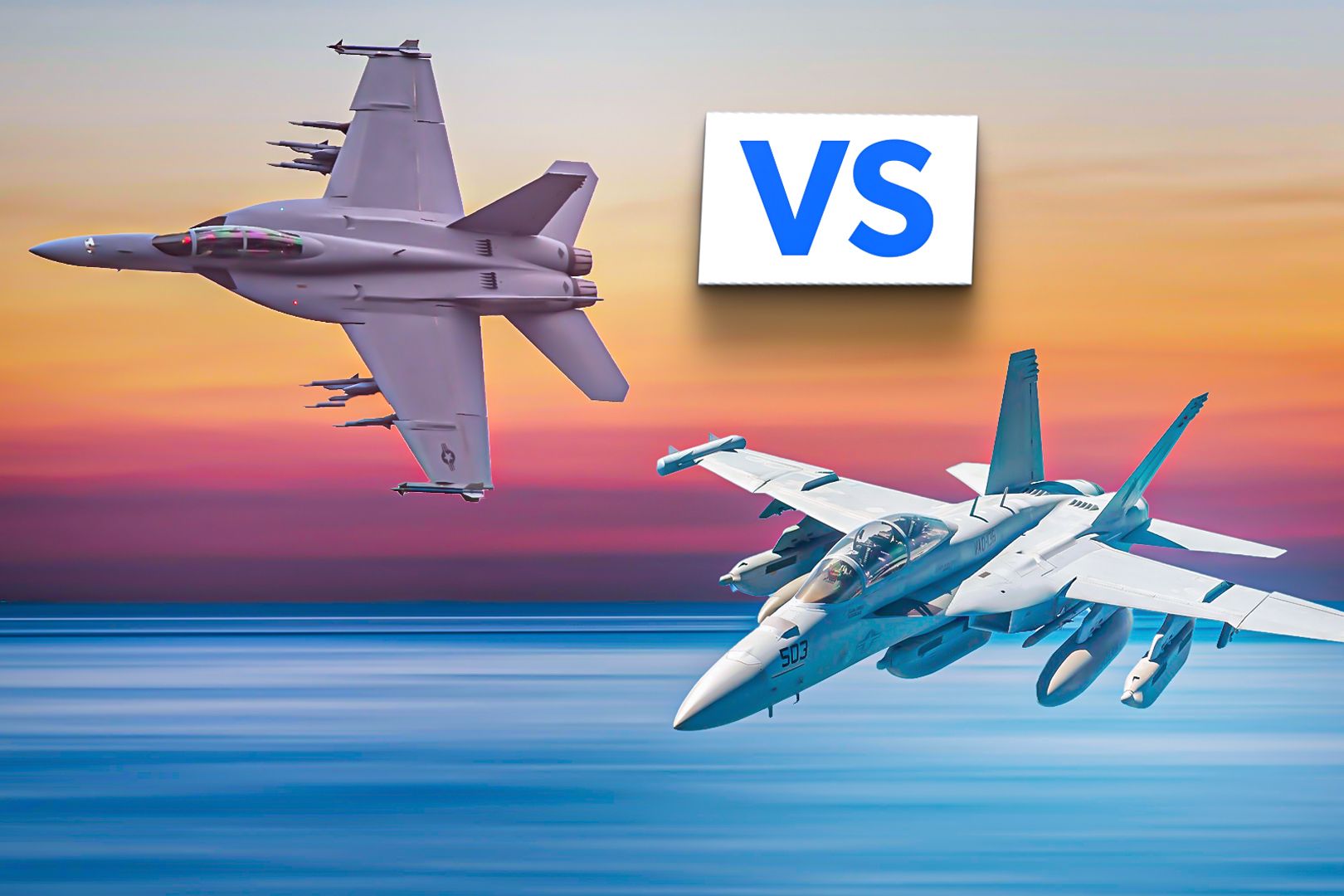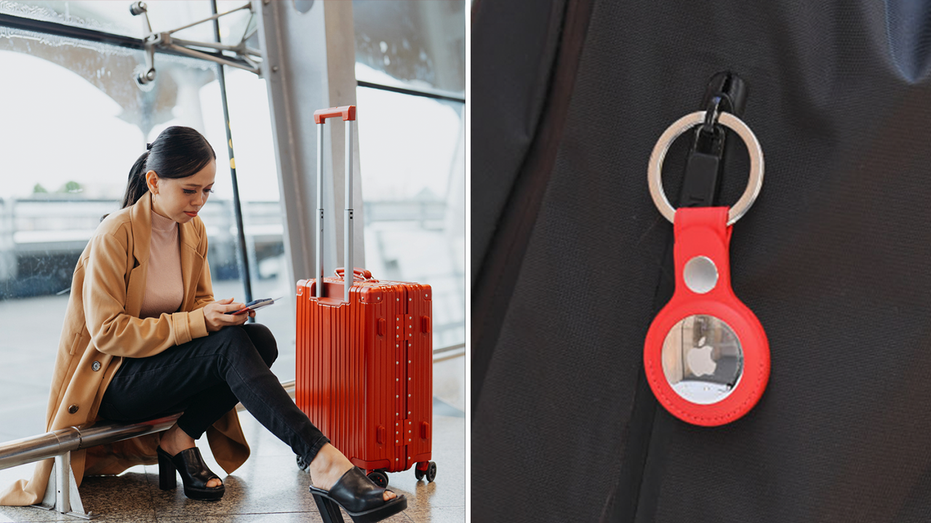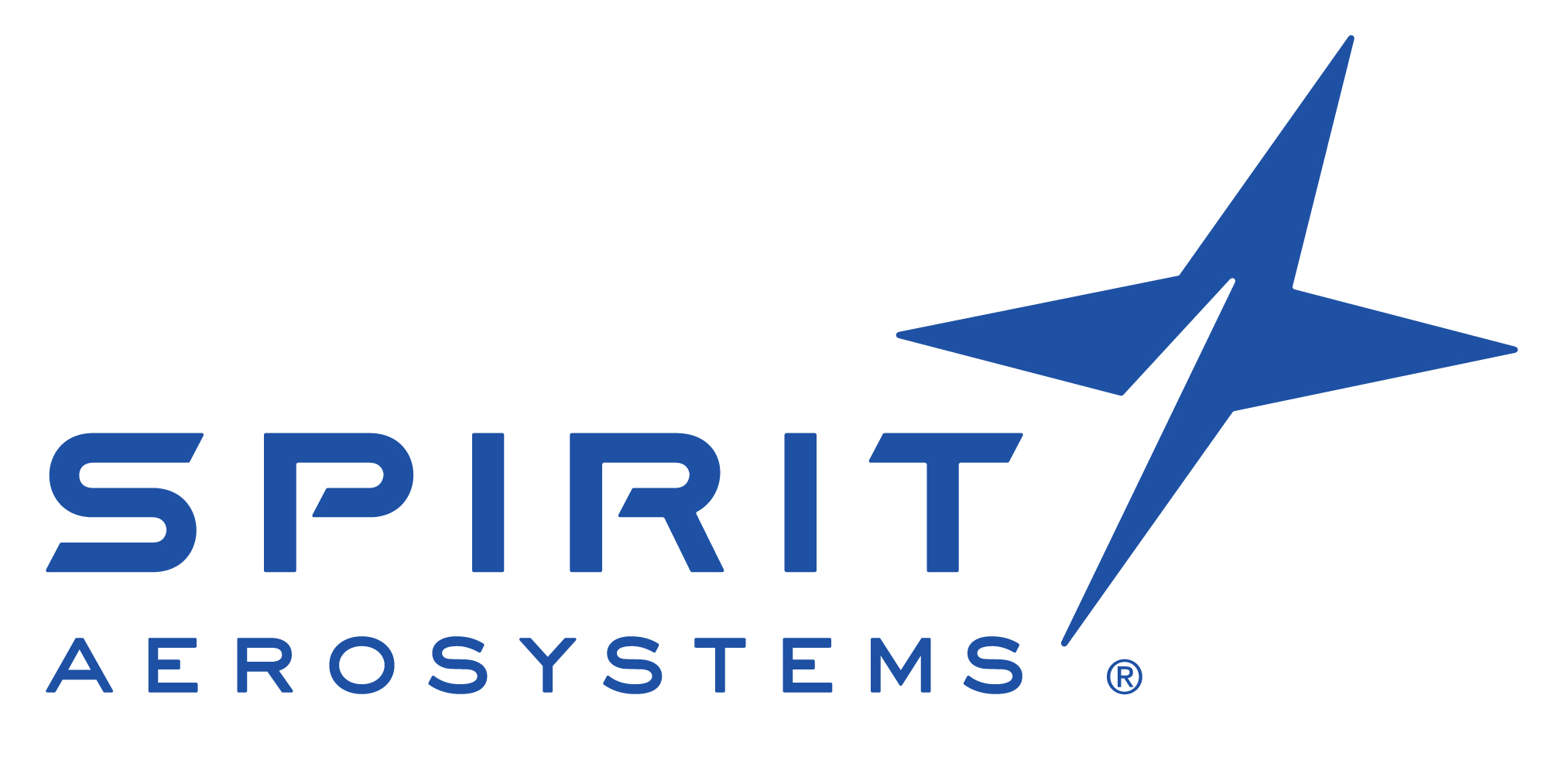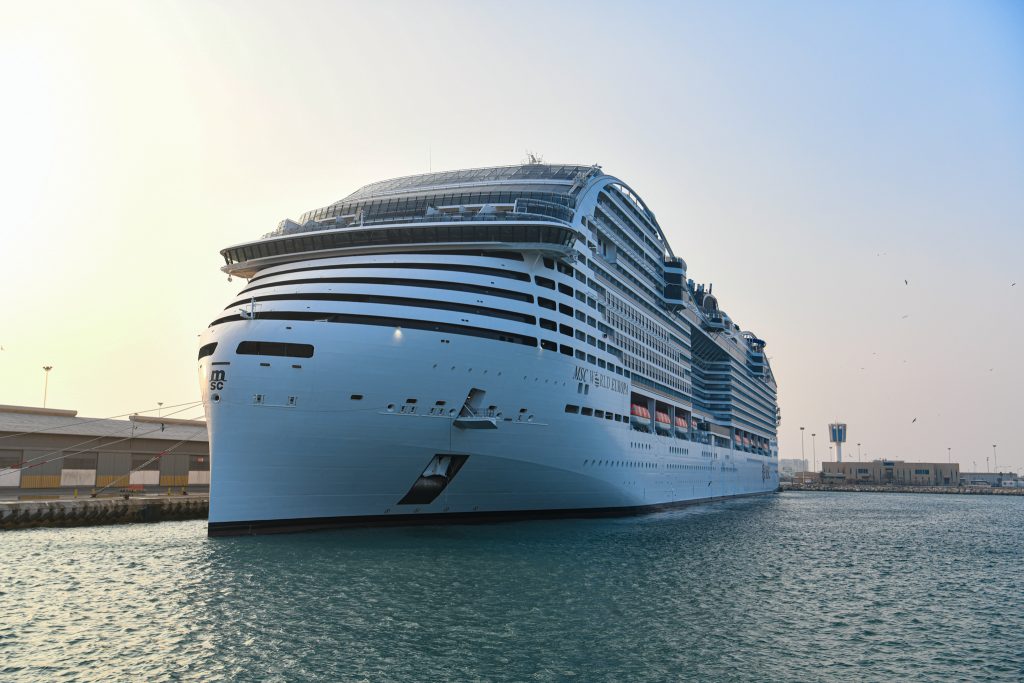Summary Boeing EA-18G Growler has advanced avionics & communication suites differentiating it from the Super Hornet. The Growler lacks a Vulcan cannon but boasts air attack equipment & increased noise levels. EA-18G Growlers successfully engaged in combat, showcasing their effectiveness as electronic warfare aircraft.
The Boeing EA-18G Growler shares over 90% of its characteristics with the Boeing F/A-18F Super Hornet. They are both built at Boeing's St. Louis, Missouri assembly plant, the most extensive Boeing assembly line after Boeing's Everett, Washington facility.
Focused on defense, the St. Louis plant also builds the MQ-25 Stingray aerial refueler and the T-7A Red Hawk flight training system. The Boeing EA-18G Growler incorporates several specialized technologies and modifications that differentiate the Growler from the traditional Super Hornet.
What the Growler has that the Super Hornet does not is: An extra avionics suite Improved radio frequency receivers An enhanced communication suite An ALQ-99 Tactical Jamming System radio-frequency jamming pods Unlike the Boeing F/A-18F Super Hornet, the Boeing EA-18G Growler does not have an M61 Vulcan six-barrel electrically fired 20mm Gatling-style rotary cannon. Instead of the gun, the Boeing EA-18G Growler uses the space for its dedicated airborne electronic attack equipment. Despite not having a gun, the aircraft has nine other weapons stations that can be used for missiles or jamming pods.
As part of its efforts to counte.

















